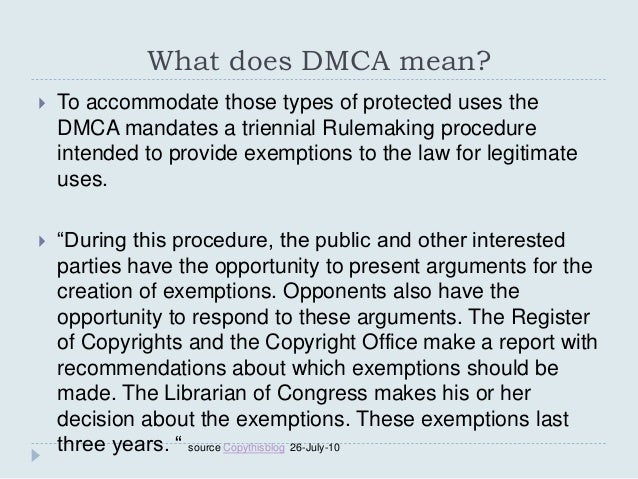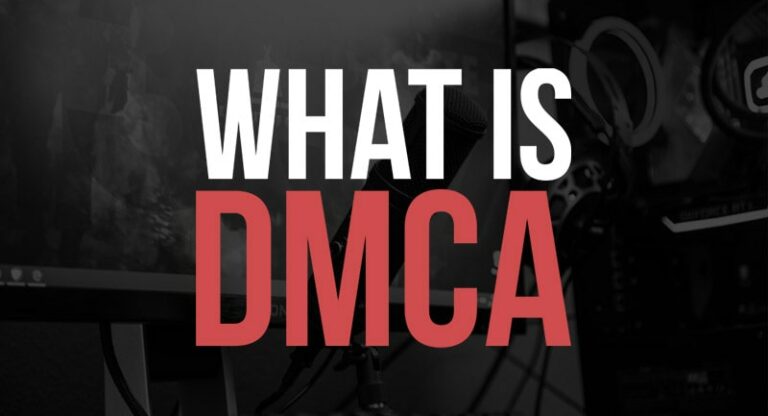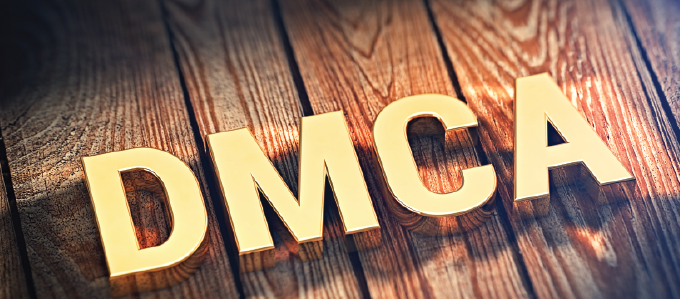

In order to qualify for safe harbour protection, a service provider who hosts content must: Safe Harbour provisions protect OSPs from liability for the activities of its users and the vast majority of sites comply with DMCA safe harbour to avoid being shut down.

Pirated files are often stored and transmitted through the networks of third parties, such as online service providers (OSPs) and search engines. Safe Harbour is dealt with in section 512 of the law. Another is that it gives web hosts and Internet service providers a safe harbour from copyright infringement claims, if they implement certain notice or takedown procedures.

One is to protect access to or copying of a copyrighted work. At MUSO, DMCA is the cornerstone of our anti-piracy service, but whilst there are hundreds of in depth articles analysing this United States copyright law, in this article we’ll explain how you can send your own DMCA notice, while discussing how MUSO uses this law to enable our users to send out DMCAs quickly and easily.ĭMCA is a copyright regulation from the United States, that first came into effect on October 1998 and has a number of different parts. Reading up on the Digital Millennium Copyright Act (DMCA) can be an intimidating task, but it needn’t be.


 0 kommentar(er)
0 kommentar(er)
